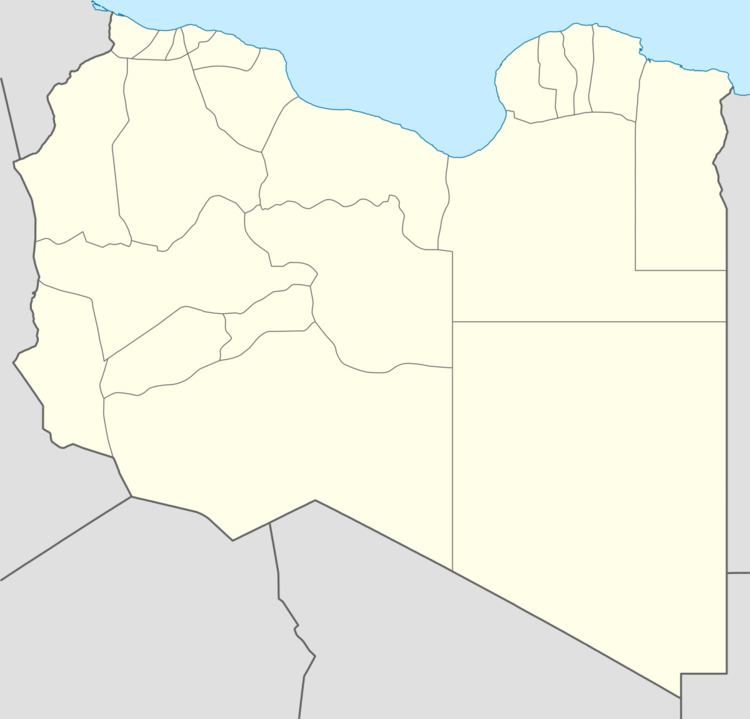Location Near: Tripoli, Libya | Year built 1938 | |
 | ||
Castel Benito (called originally in Italian "Tripoli-Castel Benito Airport") was an airport of Tripoli created by the Italians in Italian Libya. Originally, it was a small military airport, but it was enlarged in the late 1930s and was later used by the British RAF after 1943. It was called RAF Castel Benito by the Allies.
RAF Castel Benito (later RAF Idris) was a Royal Air Force station near Tripoli in Libya between 1943 and 1966.
History
References
RAF Castel Benito Wikipedia(Text) CC BY-SA
